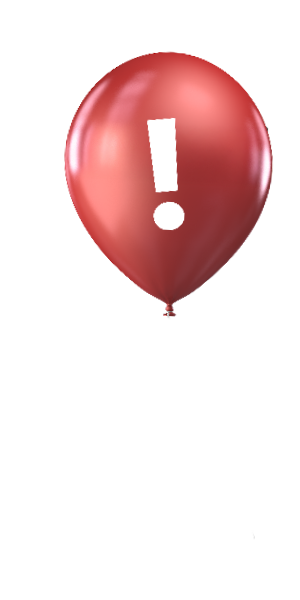For people with HAE Life can be filled with burden
Don’t miss what’s next in
hereditary angioedema (HAE)
HAE attacks are often disfiguring and debilitating, resulting in lost time from school, work, and family/social activities1,2
In addition, people with HAE reported feeling anxious and fearful, anticipating the next attack1,3-5
Emotional burden
Consequences include:
- Some people with HAE may potentially have ongoing anxiety about their next attack, causing them to cancel plans1,3-5
- Possible embarrassment and feelings of shame in front of friends, co-workers, and strangers4,5
So if I’m swelling, emotions are heightened, absolutely. There is a sense of panic that occurs during a swell.6
WOMEN AND HAE
The burden of HAE is higher in women, particularly those of childbearing age12
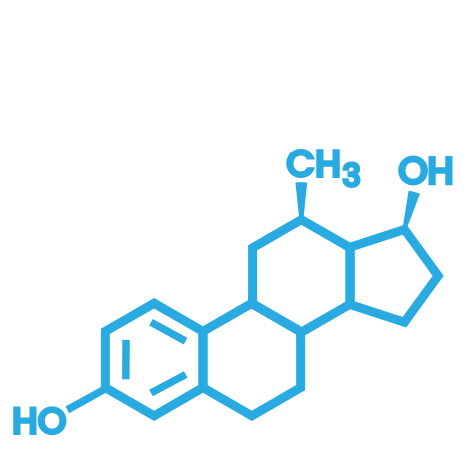
Women may be more clinically impacted by HAE, frequently linked to increased estrogen levels and hormonal changes12
Adolescents with dysmenorrhea or amenorrhea are sometimes prescribed oral contraceptives, which can trigger HAE attacks12
Fluctuations in female sex hormones—such as those that occur during puberty, menses, contraceptive use, pregnancy, and menopause—can all affect the frequency and severity of HAE attacks12
Estrogen-containing contraceptives should be avoided in females with HAE12
Some HAE treatment options are contraindicated during pregnancy12
Family planning decisions may be complicated by the impact of certain HAE treatment options12
How might certain HAE therapies impact fertility and pregnancy planning in women of childbearing potential?
I’m definitely figuring out my own personal triggers. I know that different hormones will trigger my attacks, so we have to be careful, especially when I was doing IVF. We had to take into consideration the estrogen I was exposed to.6
— Emma, real person living with HAE

Discover more resources about women and HAE.
Additional information is available at the HAE International (HAEi) or US Hereditary Angioedema Association (HAEA) website.

Adolescents and HAE
A challenging time of life made harder by this
unpredictable, disfiguring disease
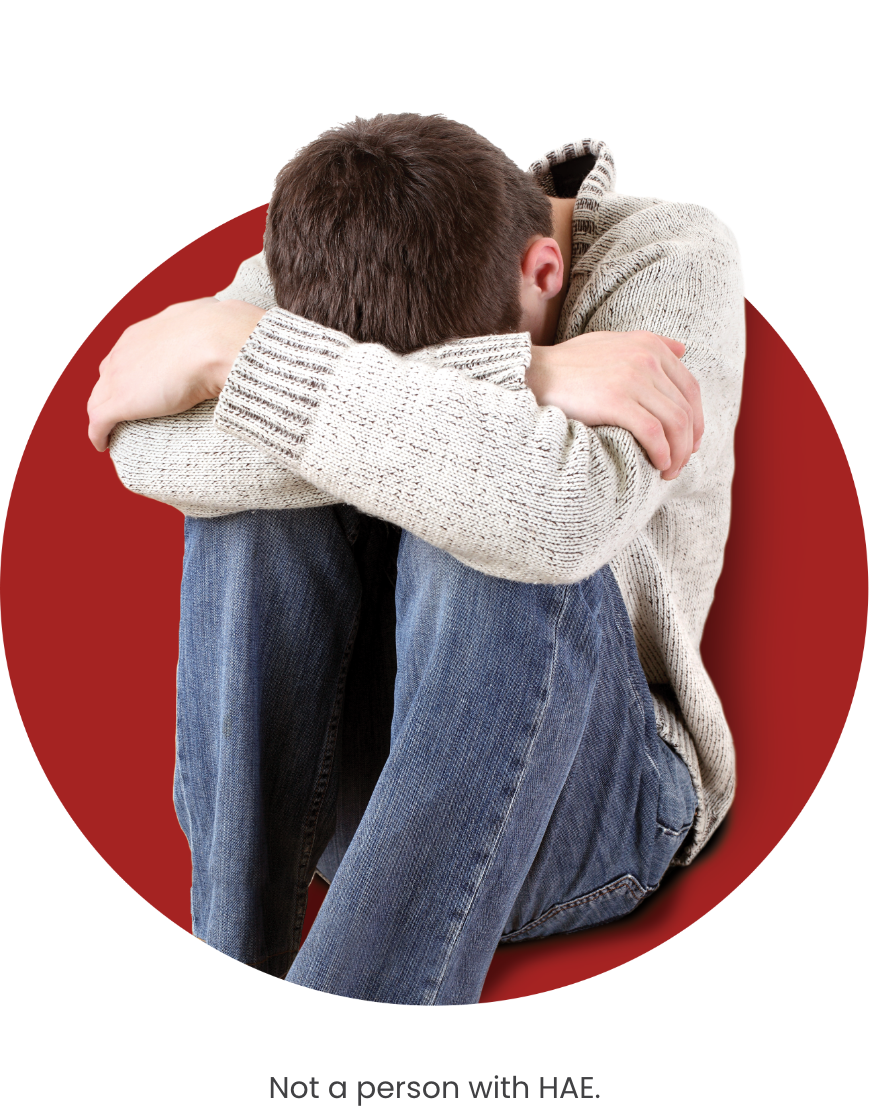
While the experiences of adults and adolescents with HAE are similar in many ways, there are also unique aspects of being an adolescent with HAE, particularly the impact on schooling as well as social and emotional functioning13:
- Signs of HAE usually appear when people are young, either in childhood or adolescence14,15
- Attacks may become more frequent and severe during and after puberty14,15
In a study of adolescents aged 12 to 17 with HAE:
- Some adolescents reported feeling different from their peers, missing childhood events such as sleepovers, birthday parties, and spending time with friends13
- HAE attacks resulted in some proactively withdrawing socially, isolating themselves to avoid potential attack triggers, or avoiding being seen if they were experiencing an attack13
- Some reported feeling self-conscious and experiencing episodes of bullying or teasing due to being different or having a visible attack13
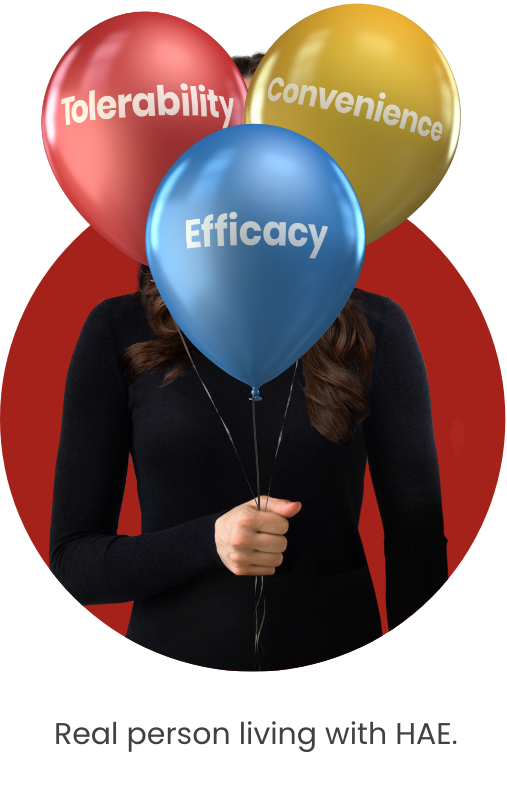
Burden of HAE Management
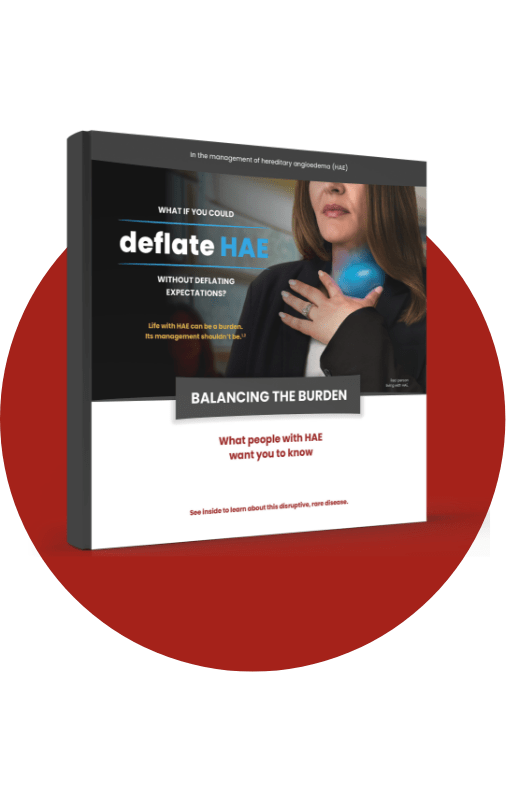
Discover helpful resources
References
- Lumry WR, et al. Allergy Asthma Proc. 2020;41(Suppl 1):S08-S13.
- Longhurst HJ, et al. Br J Hosp Med (Lond). 2019;80(7):391-398.
- Maurer M, et al. Allergy. 2022;77(7):1961-1990.
- Lo SH, et al. Pharmacoecon Open. 2022;6(2):231-239.
- Anderson J, et al. Allergy Asthma Clin Immunol. 2021;17(1):60.
- Data on file, Pharvaris.
- Food and Drug Administration. The voice of the patient – Hereditary angioedema. Published May 2018. Accessed May 22, 2025. https://www.fda.gov/files/about%20fda/published/The-Voice-of-the-Patient—Hereditary-Angioedema.pdf
- Savarese L, et al. Allergy Asthma Proc. 2021;42(1):e1-e7.
- Chong-Neto HJ. World Allergy Organ J. 2023;16(3):100758.
- Johnston DT, et al. Allergy Asthma Proc. 2020;41:S43-S46.
- Betschel SD, et al. J Allergy Clin Immunol Pract. 2023;11(8):2315-2325.
- Hsu E, et al. Allergy Asthma Clin Immunol. 2022;18(64):1-9.
- Broderick L, et al. Orphanet J Rare Dis. 2025;20(16):1-11.
- Busse PJ, et al. J Allergy Clin Immunol Pract. 2021;9(1):132-150.
- Zuraw BL. World Allergy Organ J. 2010;3(9 Suppl):S25-S28.

